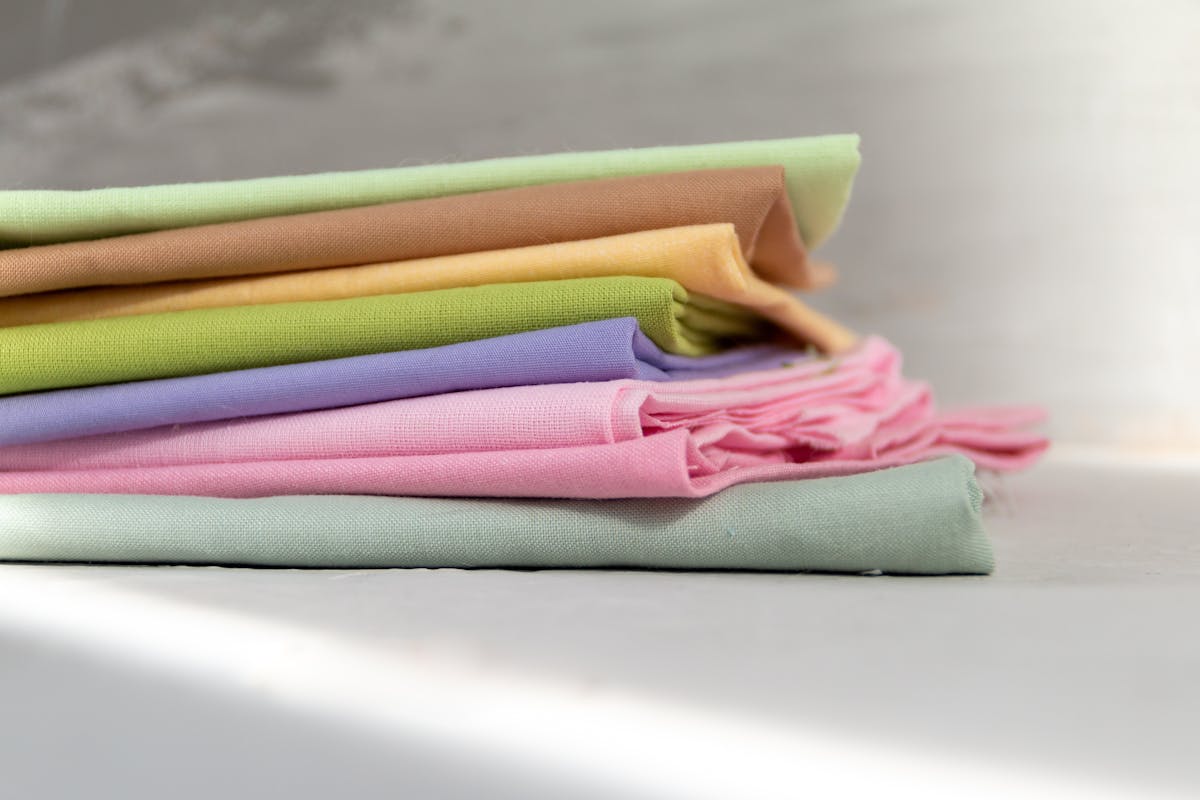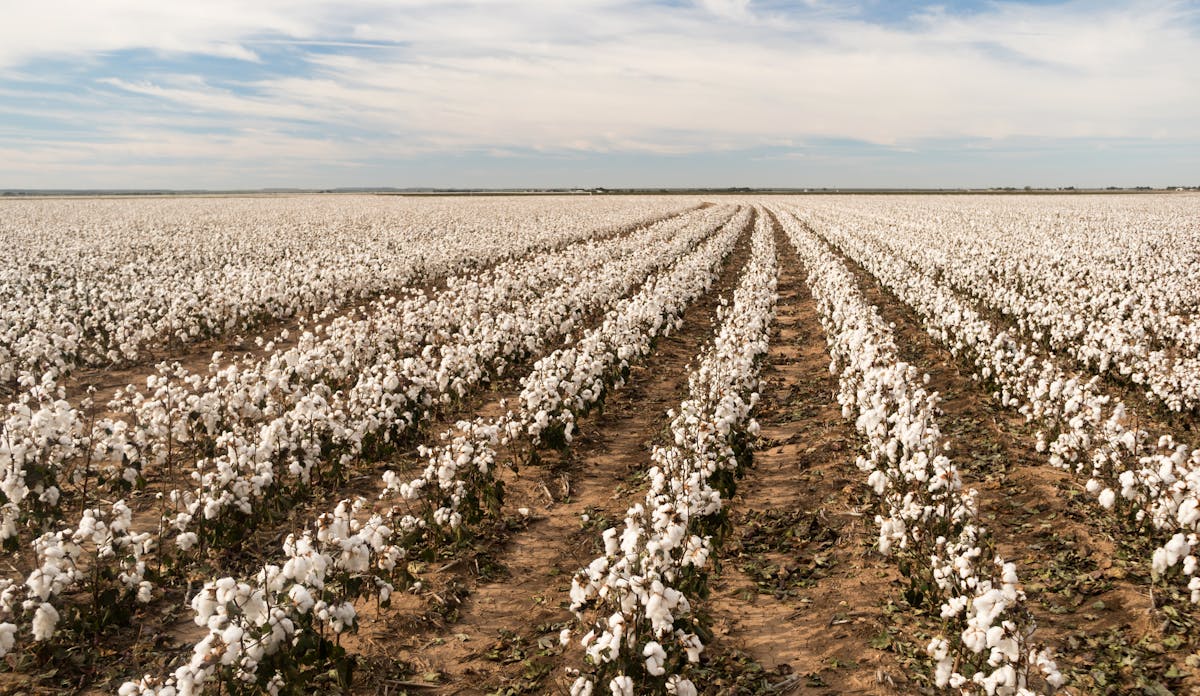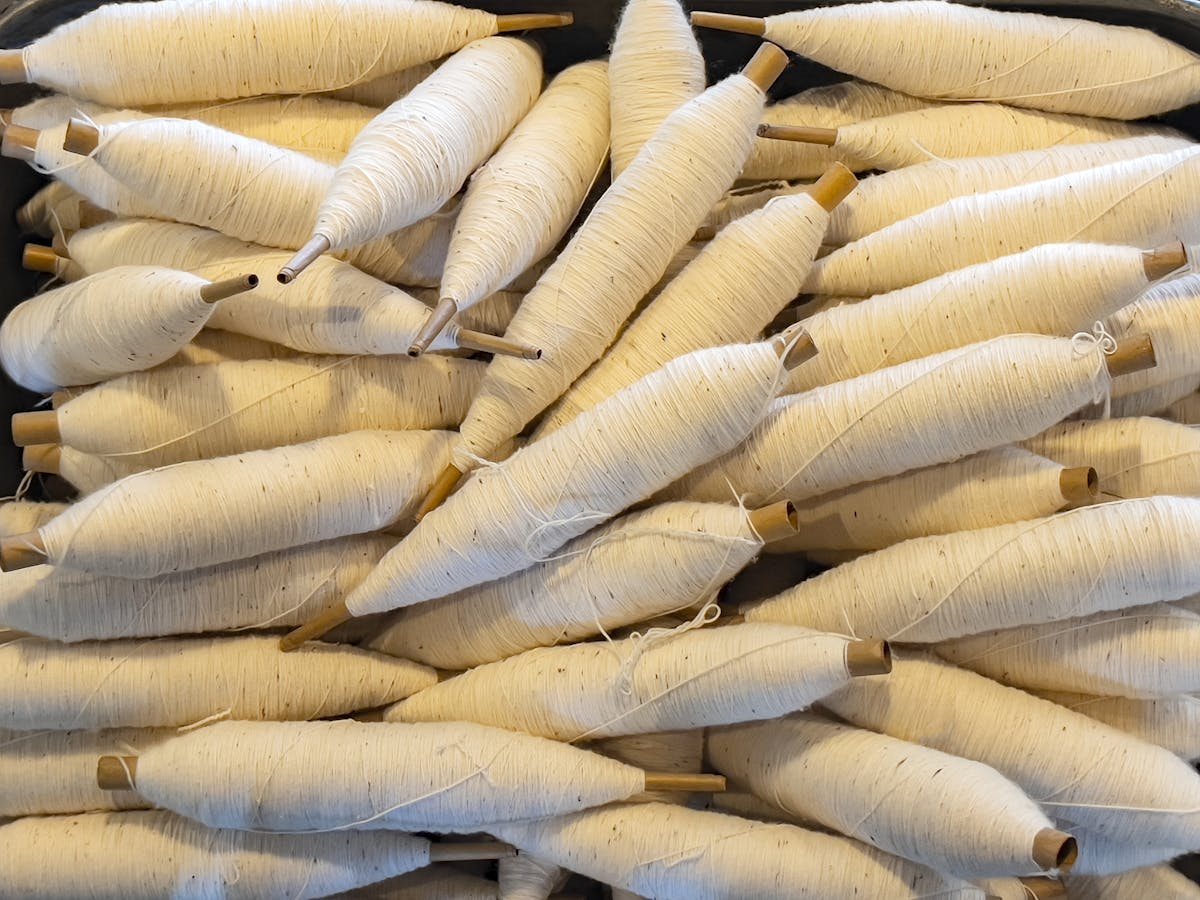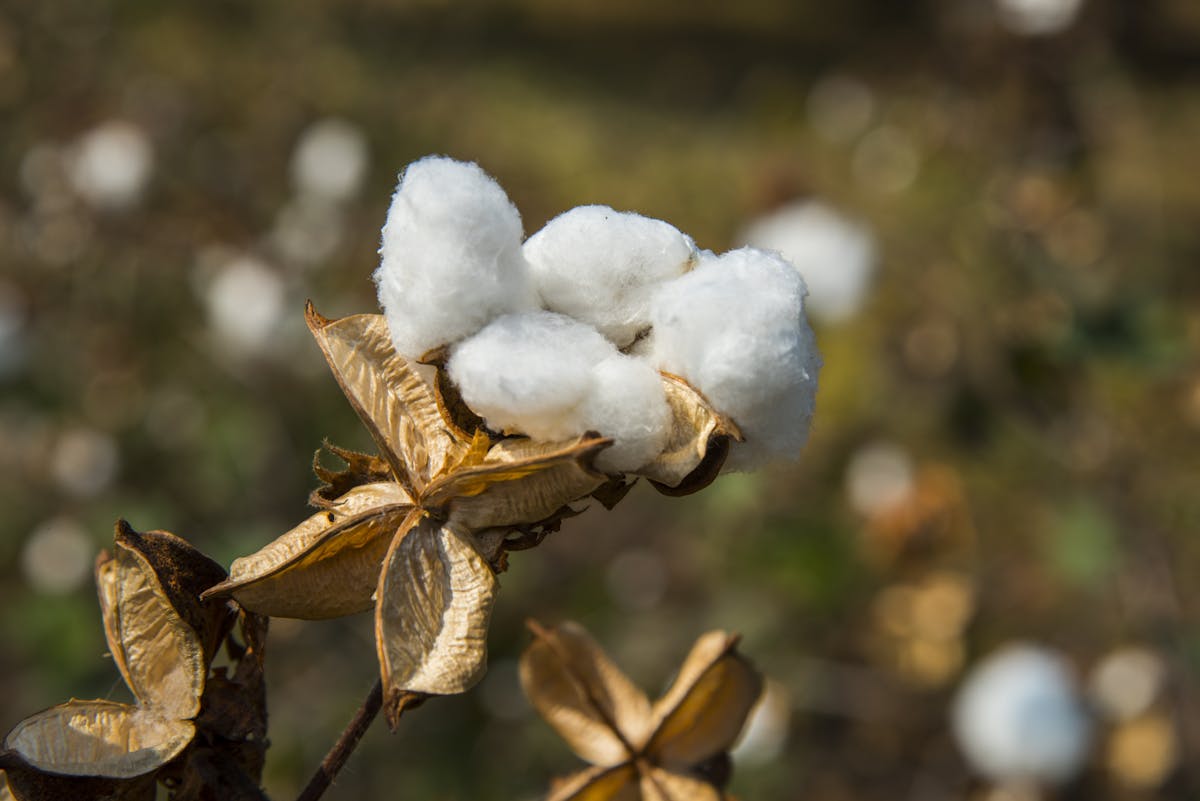With the plethora of fabric options available in the market, it's essential to understand the difference between imitation cotton and pure cotton. Both fabrics have their unique characteristics and production processes, which can affect their quality, durability, and environmental impact. As a consumer, knowing the particulars of these fabrics can help you make more informed choices when selecting clothing and clothing labels. In this article, we will explore the definition, production process, characteristics, environmental impact, and factors to consider when choosing between imitation cotton and pure cotton.

Defining Imitation Cotton and Pure Cotton
Before diving into the details, let's establish what imitation cotton and pure cotton actually mean.
When it comes to fabrics, there are various options available in the market. Two popular choices are imitation cotton and pure cotton. While they may sound similar, they have distinct differences in terms of composition and characteristics.
What is Imitation Cotton?
Imitation cotton refers to fabric that resembles cotton but is made from synthetic fibers such as polyester or rayon. These synthetic fibers are carefully engineered to mimic the look and feel of cotton, offering a cost-effective alternative to pure cotton. Imitation cotton fabrics are often used in the production of clothing, bedding, and upholstery.
One of the advantages of imitation cotton is its durability. Synthetic fibers are known for their strength and resistance to wear and tear. This makes imitation cotton fabrics less prone to fraying or shrinking, ensuring that they maintain their shape and appearance over time.
Additionally, imitation cotton fabrics are regularly designed to offer specific performance characteristics. For example, some imitation cotton blends may have moisture-wicking properties, making them ideal for sportswear or activewear. Others may be treated with anti-static finishes, reducing the likelihood of static electricity buildup.
What is Pure Cotton?
Pure cotton, on the other hand, is a natural fiber that comes from the cotton plant. It is known for its softness, breathability, and comfort, making it a sought-after choice for clothing items.
Cotton has been used for centuries due to its versatility and desirable qualities. The fibers of the cotton plant are carefully harvested, processed, and spun into yarns, which are then woven or knitted to create various cotton fabrics. We use pure cotton to make our cotton labels, and it's not accidental.
One of the key advantages of pure cotton is its breathability. The natural fibers allow air to circulate freely, keeping the wearer cool and comfortable, especially in warm weather. This makes cotton an excellent choice for summer clothing, such as t-shirts, dresses, and shorts.
Moreover, pure cotton fabrics have a soft and gentle feel against the skin. The natural fibers are hypoallergenic, making them suitable for individuals with sensitive skin or allergies. The breathability of cotton also helps to reduce the risk of skin irritation or rashes.
Another noteworthy characteristic of pure cotton is its absorbency. Cotton can absorb and retain moisture, making it a magnificent choice for towels, bathrobes, and bedsheets. The absorbent nature of cotton allows it to wick away moisture from the body, keeping the skin dry and comfortable.
In conclusion, while imitation cotton and pure cotton may share some similarities in appearance, their composition and characteristics set them apart. Imitation cotton offers durability and specific performance features, thanks to its synthetic fiber content. On the other hand, pure cotton provides softness, breathability, and absorbency, making it a preferred choice for those seeking comfort and natural fibers.

The Production Process of Imitation and Pure Cotton
The production process plays a crucial role in determining the quality and characteristics of the fabric. Let's take a closer look at how imitation cotton and pure cotton are produced.
How Imitation Cotton is Produced
Imitation cotton is typically manufactured through a chemical process where synthetic fibers are extruded, spun into yarn, and then woven into fabric. The production method enables manufacturers to control the texture, strength, and appearance of the fabric.
How Pure Cotton is Produced
Pure cotton production involves several stages, starting from the cultivation of cotton plants. After harvesting, the cotton fibers are separated from the seeds, cleaned, carded, and spun into yarn. The yarn is then woven or knitted to create the fabric. Pure cotton undergoes minimal chemical processing, making it a more natural and environmentally friendly choice.

Characteristics of Imitation Cotton and Pure Cotton
Understanding the physical properties of imitation cotton and pure cotton is vital in determining their suitability for various applications.
Physical Properties of Imitation Cotton
Imitation cotton often exhibits excellent wrinkle resistance and color retention, making it a popular choice for clothing that requires low maintenance. However, it can be less breathable and less durable than pure cotton.
Physical Properties of Pure Cotton
Pure cotton stands out for its unmatched softness, breathability, and moisture absorption capability. It is gentle on the skin and suitable for people with sensitivities. Additionally, pure cotton has excellent durability and becomes softer with each wash, making it a reliable choice for long-lasting garments.

The Environmental Impact of Imitation and Pure Cotton
The environmental impact of fabric production has gained significant attention lately. Let's explore the sustainability aspects of imitation cotton and pure cotton.
Sustainability of Imitation Cotton
Imitation cotton production involves the use of synthetic fibers derived from non-renewable resources, such as petroleum. Additionally, the chemical processes required to manufacture imitation cotton can release harmful pollutants. While efforts are being made to improve the sustainability of synthetic fibers, their overall environmental impact remains a concern.
Sustainability of Pure Cotton
Pure cotton is considered a more sustainable choice as it is derived from a renewable resource and biodegradable. However, conventional cotton farming practices can heavily rely on pesticides and water-intensive cultivation methods. Organic cotton, grown without the use of harmful chemicals, is a more eco-friendly alternative to conventional cotton.
Choosing Between Imitation Cotton and Pure Cotton
When deciding between imitation cotton and pure cotton, several factors come into play. Let's explore the key considerations when making a buying decision.
Factors to Consider When Buying Imitation Cotton
Consider the intended purpose of the clothing item and your personal preferences. Imitation cotton may be a suitable choice if you prioritize wrinkle resistance and low maintenance. It often offers a wider range of designs and colors. However, keep in mind that it may be less breathable and less durable than pure cotton.
Factors to Consider When Buying Pure Cotton
If comfort, breathability, and durability are your top priorities, pure cotton is the way to go. Check the fabric quality, thread count, and look for labels indicating organic cotton for a more sustainable option. Keep in mind that pure cotton may require more care during washing and ironing.
In conclusion, understanding the difference between imitation cotton and pure cotton empowers you as a buyer. Each fabric has its unique characteristics, production process, and environmental impact. By considering these factors, you can make an informed decision when choosing the perfect fabric for your clothing needs. Whether you opt for the versatility of imitation cotton or the natural comfort of pure cotton, you can find the ideal balance between aesthetics, performance, and sustainability.













